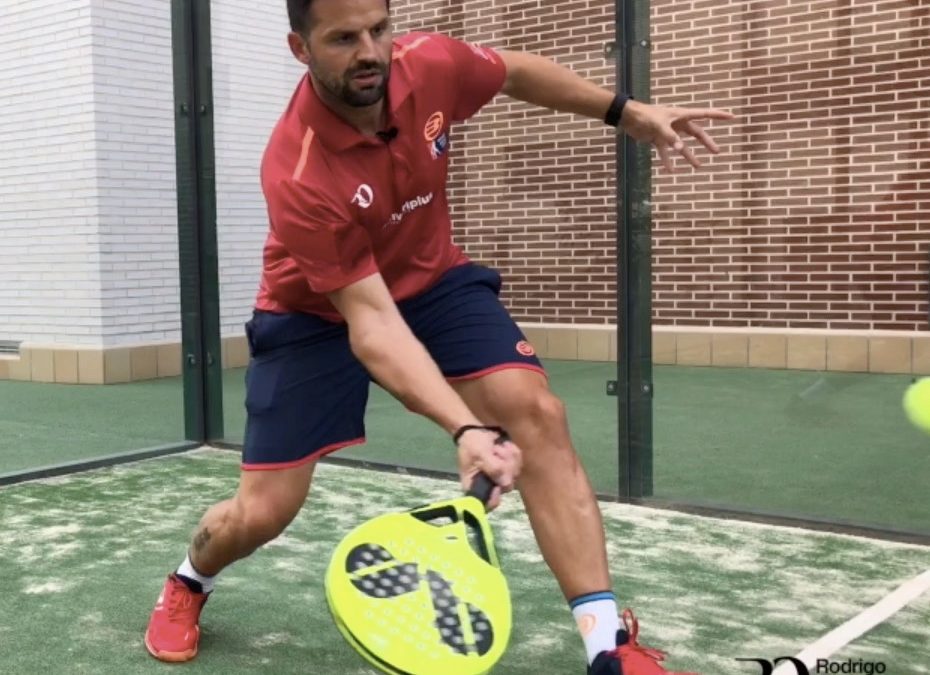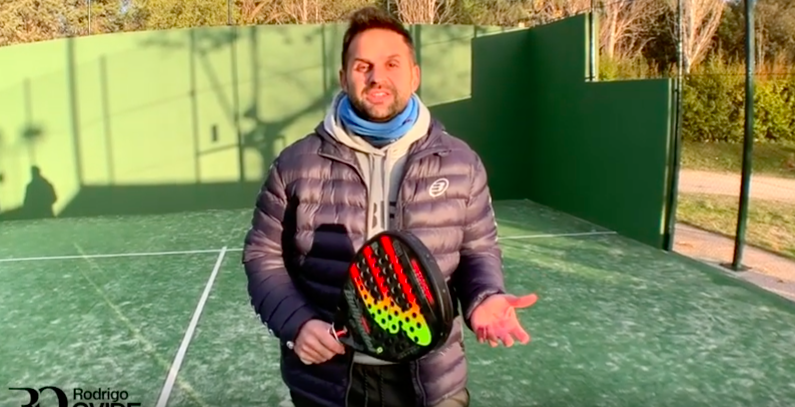THE VOLLEY

THE VOLLEY II
6 May, 2019Usually, the volley in padel is explained as a single shot. But, if we analyze it in depth, we will see that the different situations of the game, as well as the places where we hit it, forces us to perform this shot in different ways.
Due to all these features, I decided to opt for my first post, in the analysis of the volley. This shot, as we will see later, has a lot of importance in padel. In addition, the volley is unnoticed because there are other more striking shots in this sport but just as important as the volley.
In fact, if we observe the volley, it has many defensive and offensive features and, as we can see when professionals play, “their” way of hitting sometimes differs from the traditional one.
My questions are: “Is that bad?”, “Why it is not corrected?”, “Does it need to be corrected?”, “What should be taken into account to make changes?”
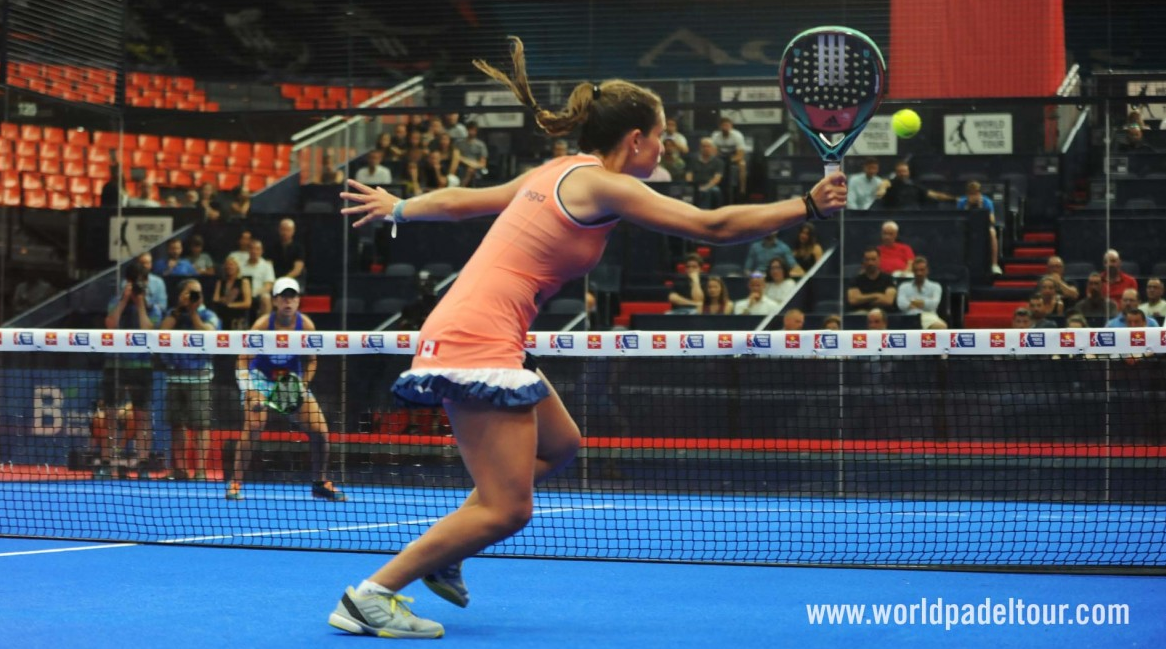
All these questions will be answered throughout this post and the following posts.
To begin getting into the subject, you should know that there are many types of volley in padel.
Types of volley in padel.
- Low.
- Medium.
- High.
- Flat.
- With effect.
- Blocks.
- Short.
- Long.
Moreover, there are many parameters in this shot that we must analyze and study for each of the situations.
Parameters.
- Handle.
- Footwork (supports, movement, coordination and tactical adjustment).
- Hip rotations.
- Shoulder rotations and body equilibrium.
- Preparation of the shot (handle, sign).
- Tactical understanding and personal features.
Besides the types of volley and the parameters, we must have into account certain tactical characteristics at the time of executing low volleys.
- Place:
- Background
- Half court
- Net
- From bottom to top
- Defensive
- Offensive
Nevertheless, as we have mentioned, we will gradually discover all the characteristics of the volley and in this first post, we will start with low volley from the bottom of the court.
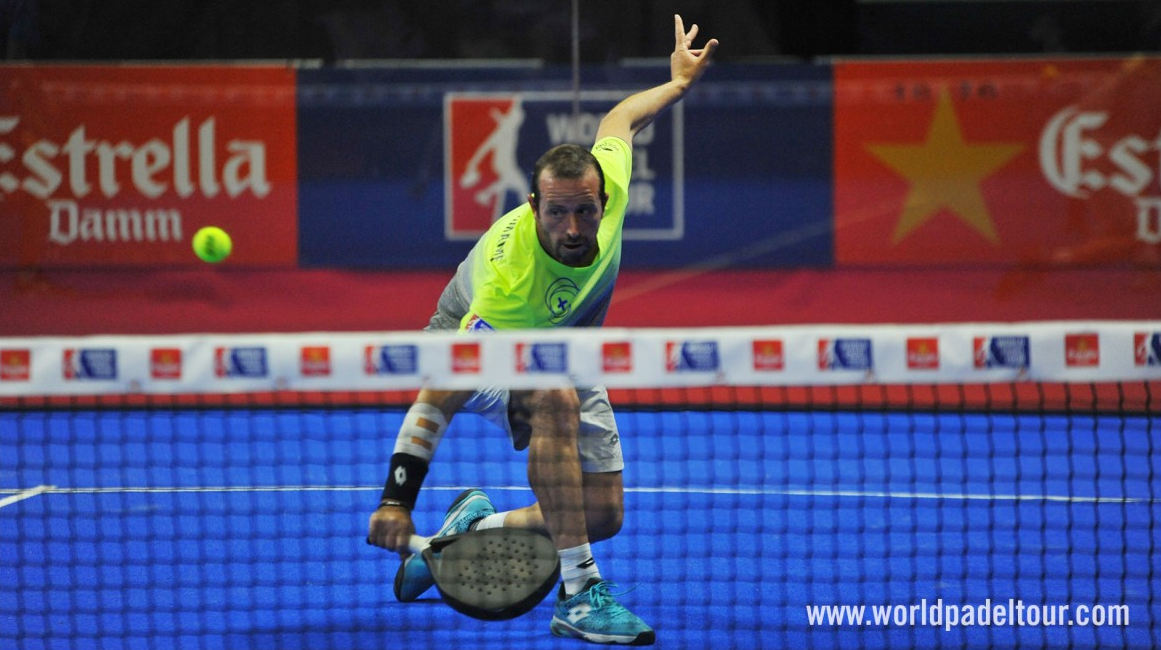
Types of volley: “low”
How the low volley is prepared and how its performance is to get the maximum performance out of this padel shot.
Apart from the technique and performance of this shot, it is very important to understand when and why use it.
Generally, if we watch the tennis players play, we can see that they use the “low volley” a lot from the back of the court. In this case, it is a resource because they are more comfortable using it than using the wall.
However, for those who play padel and take classes where the theory says that the balls that bounce behind the service line should be allowed to pass to the wall, will be more complex to understand why we must/can do a volley in this case.
The low volley from the back of the court has two variants.
- Do the volley for not letting the ball pass because it has a high risk or maybe you cannot return it.
- Do the volley so that my opponent does not have time between ball and ball (for example, one volley and a “bandeja”) and thus, we can discomfort him so he cannot continue attacking.
Parameters:
- Handle
The recommended handle is the “continental” because it gives the option, among other things, of playing in plain on both sides. This simplifies the decision and handling of what can be done.
Beyond what is right and wrong, we must also think about the comfort of the player and how to adapt his style to an efficient biomechanics, since it is not always possible to change and find comfort in a new handle, especially in older people or in people with less professional aspirations.
Therefore, we must pay attention to:
- Handles passed from right to backhand. Both will always benefit that one was plainer and the other face up causing that it was more complex to keep the ball low.
- Handle further down (as if the little finger was outside). This type of grip benefits the motion speed, so, you can get faster shots; the cons is that you lose control and handle.
- Handle higher up (with the index finger in the center of the racket). With this handle, we will have more control doing more stable and more certain movements, but we lack of speed when hitting.
With these features, we can focus on the best for the student, since knowing these features; we can emphasize or hide the appropriate to benefit his game.
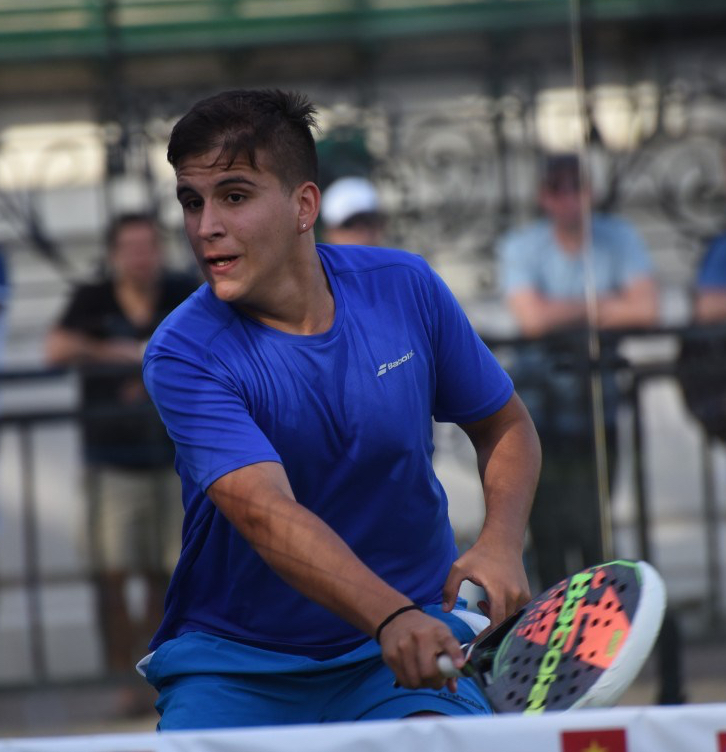
- Feet
Coordination and initial support is key for a correct and smooth shot chain.
Thus, it is key to individualize correctly the work for the continuity of the shot.
In turn, understand how to start and how to continue is so important to incorporate naturally without undergoing this changes process (hard movements, lack of coordination, and fear to something new).
Start, as the word indicates, must be done by the beginning, and this first step, as simple as it seems, must be marked with lines or markings to help with a quick incorporation; thus, you can quickly move to the second movement.
The step to start the shot will not always be the same:
- Simple weight transfer
- Backwards and forward
- Sideways
- Toward the diagonals
- Long or short
It is important to understand at this moment that, if we have a good start, there are more chances to continue well, since a bad start will make us lose good feelings.
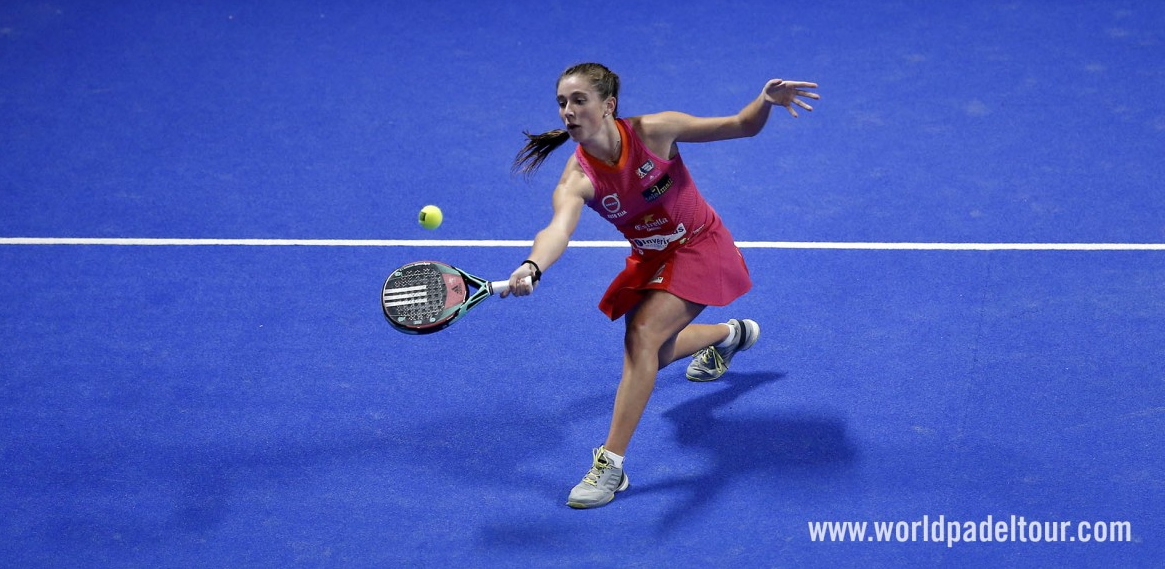
- Rotations
Rotate is key for a balanced and controlled shot. For that purpose, we need to rotate hip and shoulders after the support (already with the chosen shot). Although do the volley in the front way is sometimes an option because we are forced to do it, because we do not have any other choice or because we are comfortable doing it, rotate will always benefit a more beneficial control.
We must take into account that to rotate the hip, we must expand the foot because if we put the foot fingers in a straight position, we may feel uncomfortable to rotate.
A flex will also help with the push after the rotation continuing with the movements´ chain.
As for the shoulders, we must separate the right from the backhand since we must take into account that a right-handed player who hits with the right hand, will have his right shoulder behind his body while when he hits backhand, it will be always forward. That is the reason why, although this may seem contradictory, many amateur people choose a backhand shot for security reasons although it is not as strong as a right shot.
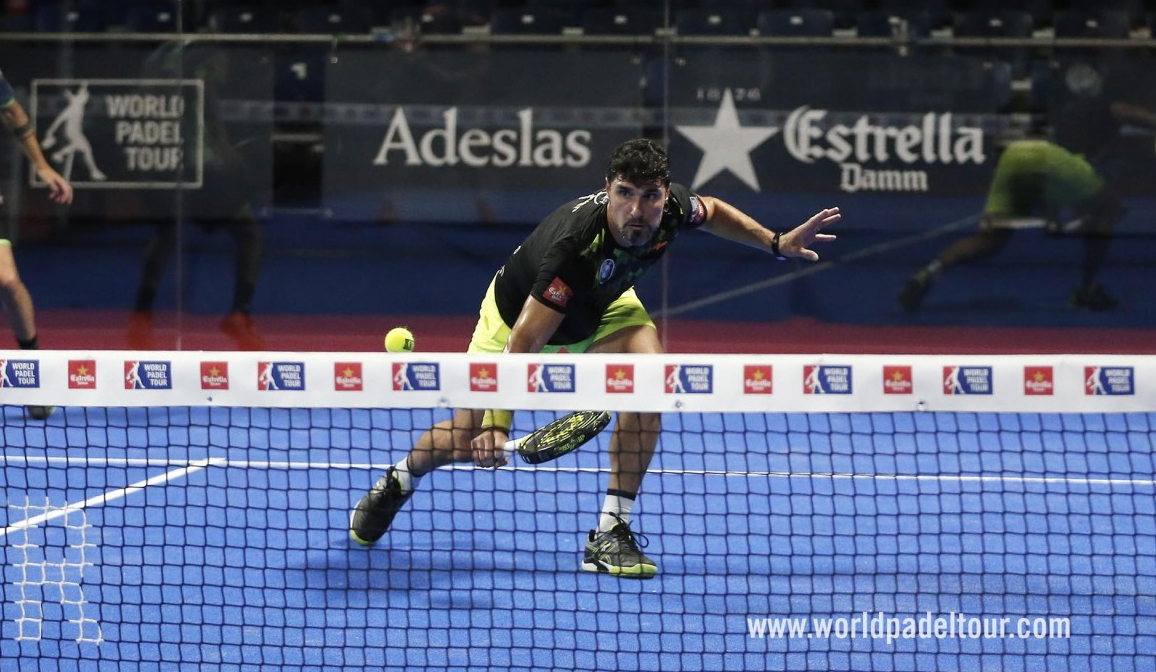
- Balance and equilibration
This is a helpful topic because it is repeated many times in class but it is not extended or we do not focus on it.
Needless to say that, when we go down, our center of gravity increases and we continue the movements´ chain with the foot (Feet, hip, stem, upper arm and lower arm).
When we adopt this position of balance and equilibrium when hitting, we will win:
- Maximum power
- Control
- Delay in the fatigue
- Prevention of injuries
If we put the surfer as an example, we will see that his position on the surfboard is at least striking, if he stands or joins his feet a bit more, he will probably fall, so, he uses his whole body to control the forces that may destabilize him. In that moment of adopting that position if I had to hit a ball, I would certainly risk saying that I would control it.
This is the key for the shots control.
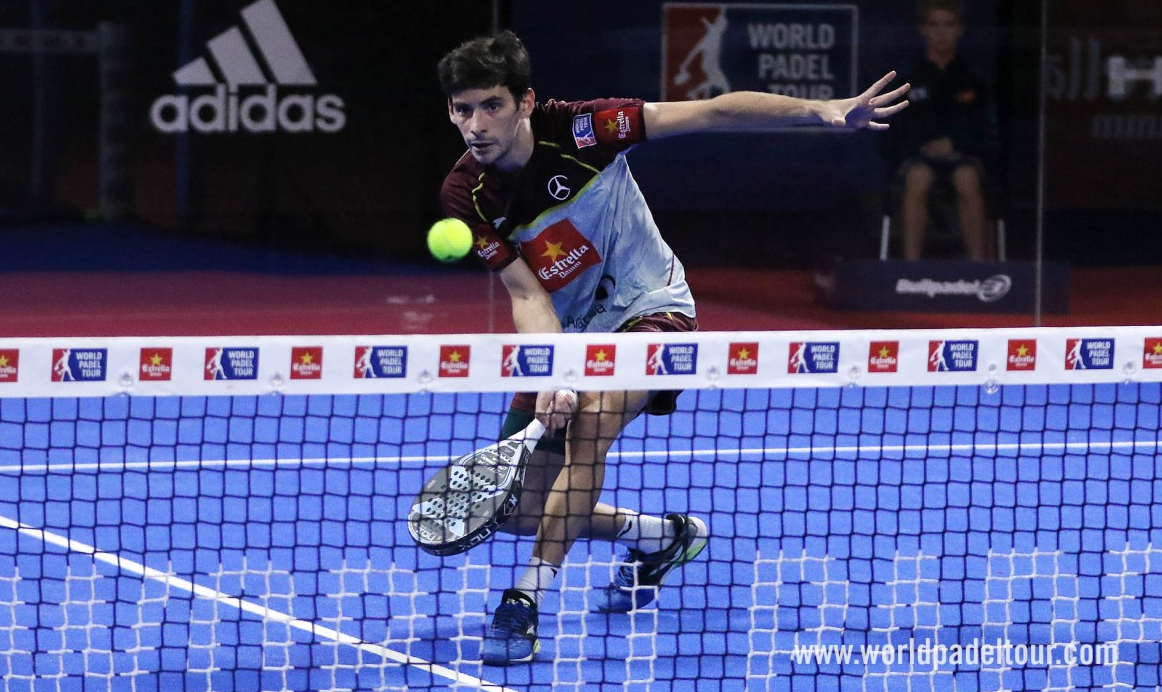
- Tactics
This part will be divided in two parts:
- What is good for how I am: This point will give us a clear idea that sometimes the place where I want to throw the ball does not match with the one that may be convenient to shoot due to the way I get to that ball.
By this, I mean that we can show it with an example “backhand player at the back of the court, hitting a low volley from the right away from the body”. Maybe, the gap or strategy is that he may do the volley in parallel, but if I respect the naturalness of my movement, I have a high probability of playing with a great precision.
- What is recommended when I can choose: Here, clearly, the most important is the appropriate tactical and strategical choice, the difficulty lies in the fact that when you think where and how to play, the step of preparing what I have thought begins.
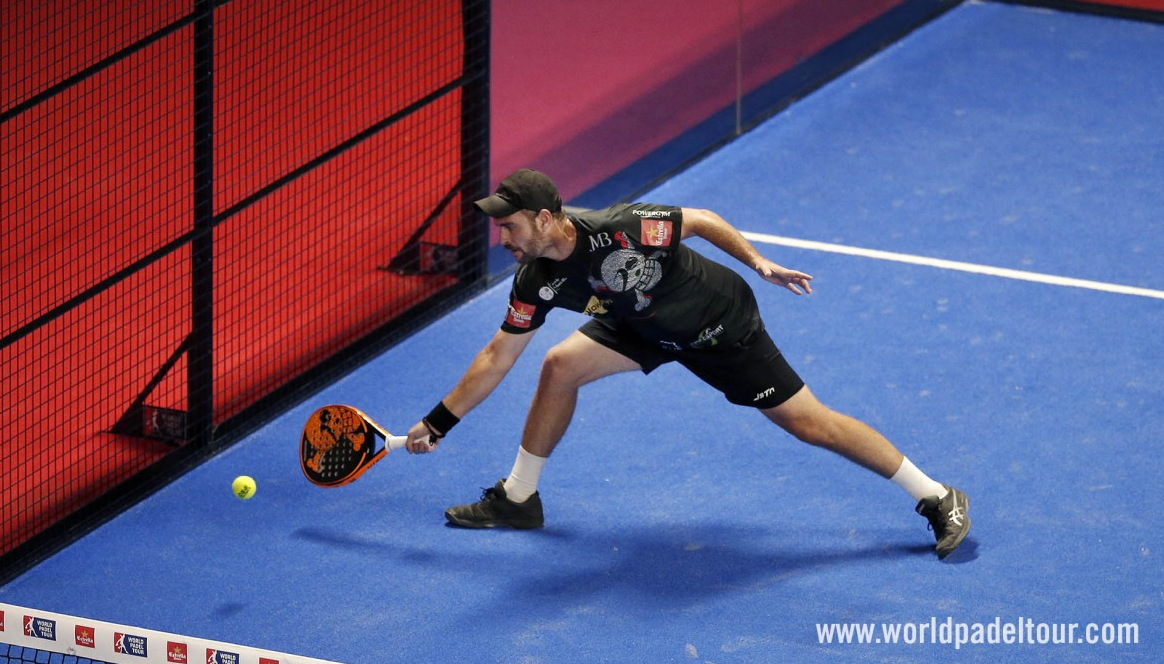
In this video, we will see systematically how the preparation and the subsequent performance of the low volley is in the back of the padel court.
[wpvideo BfEhtAYX]
In the next post, we will add a play that combines with this particular shot.
I hope you enjoy this, like this and share this with your friends.
Greetings, we will meet again in 15 days.
RO

